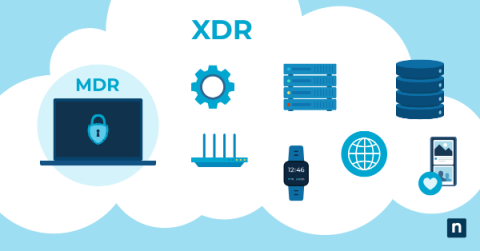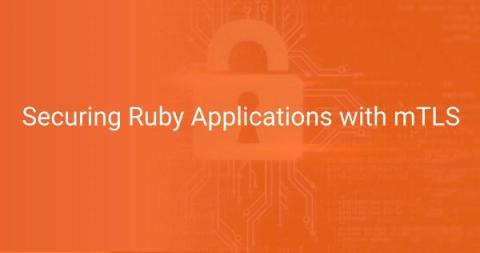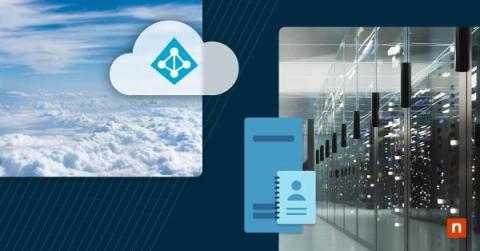MDR vs XDR: What's the Difference?
If your IT team is struggling to accomplish its lengthy to-do list, implementing detection and response solutions may be one step you can take to improve efficiency and reduce workload. Endpoint security solutions like Managed Detection Response (MDR) and Extended Detection and Response (XDR) can help you maintain and monitor your endpoints and other parts of your infrastructure, a very necessary capability in modern cybersecurity.











